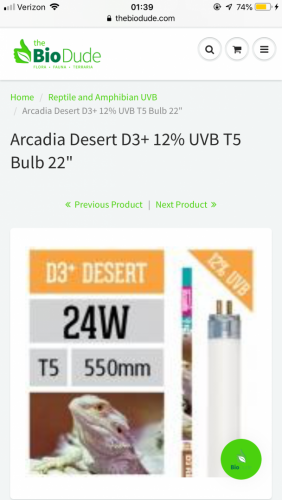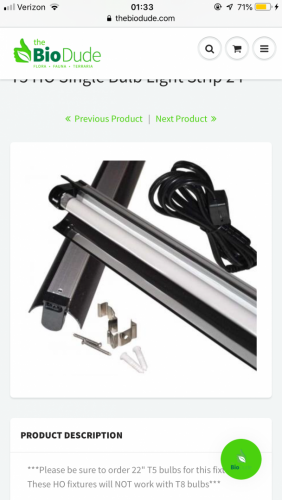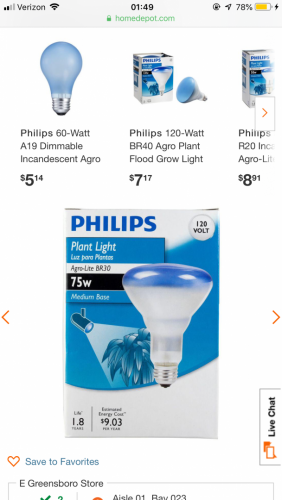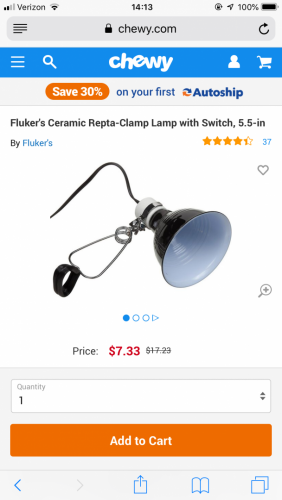eddiboi
Member
So I just got some info on the types of lights I should be using and I just wanted to get some feedback on the lighting I’m going to purchase to replace the stuff I have now.
So right now I’m using the double light fixture from zoomed (the one that comes in the Cham kits) and the lights are a zoomed daylight blue bulb and a zoomed 5.0 uvb bulb
I’m upgrading these lighting fixtures and just want to know if these will be a good combo for my baby. She’s a veiled chameleon, around 6 months (according to some people from this site)
For the Philips Agro lite I could only find the 65 watt at the store. But that’s the only thing I have wanted to purchase before making sure I have the right stuff for her




So right now I’m using the double light fixture from zoomed (the one that comes in the Cham kits) and the lights are a zoomed daylight blue bulb and a zoomed 5.0 uvb bulb
I’m upgrading these lighting fixtures and just want to know if these will be a good combo for my baby. She’s a veiled chameleon, around 6 months (according to some people from this site)
For the Philips Agro lite I could only find the 65 watt at the store. But that’s the only thing I have wanted to purchase before making sure I have the right stuff for her






